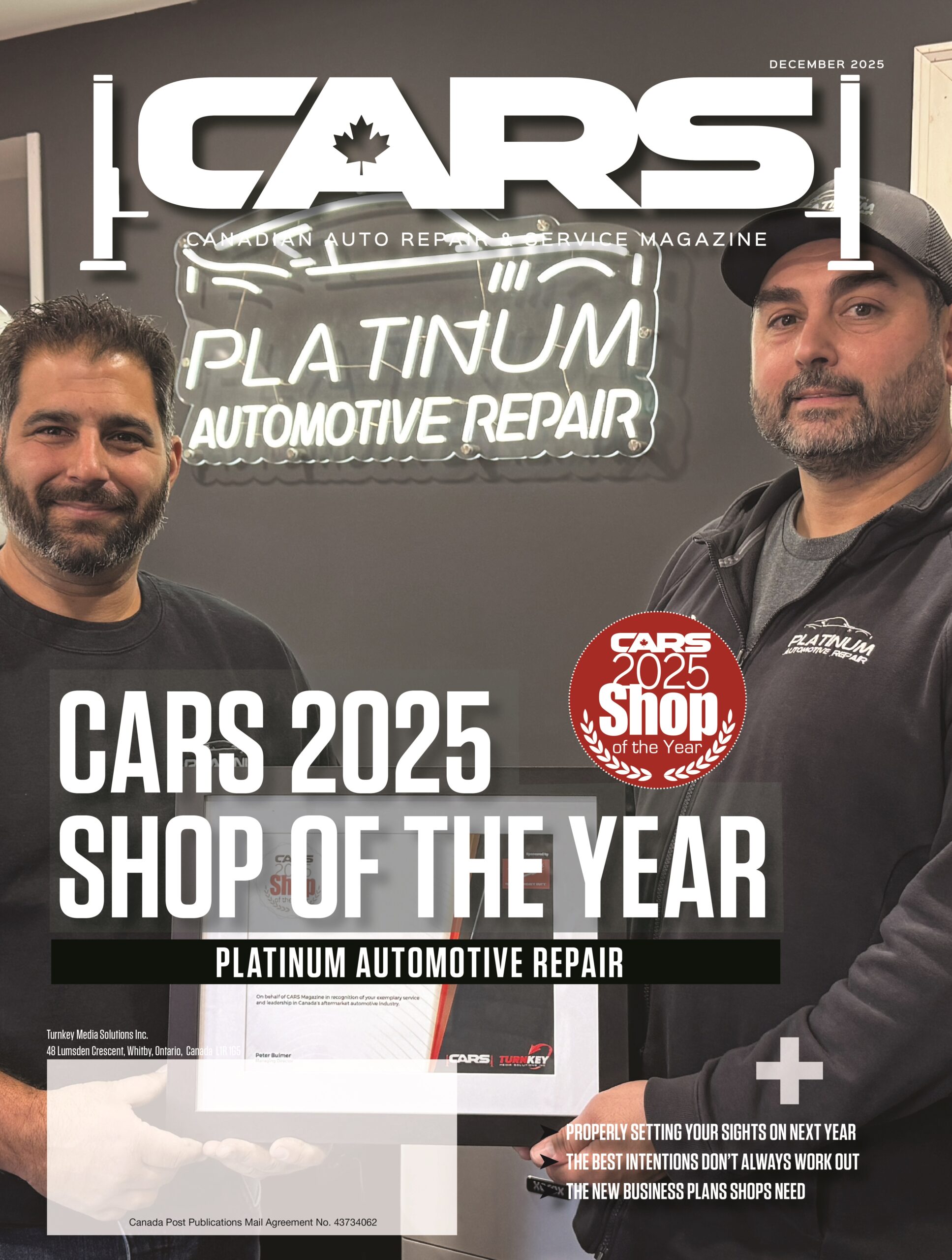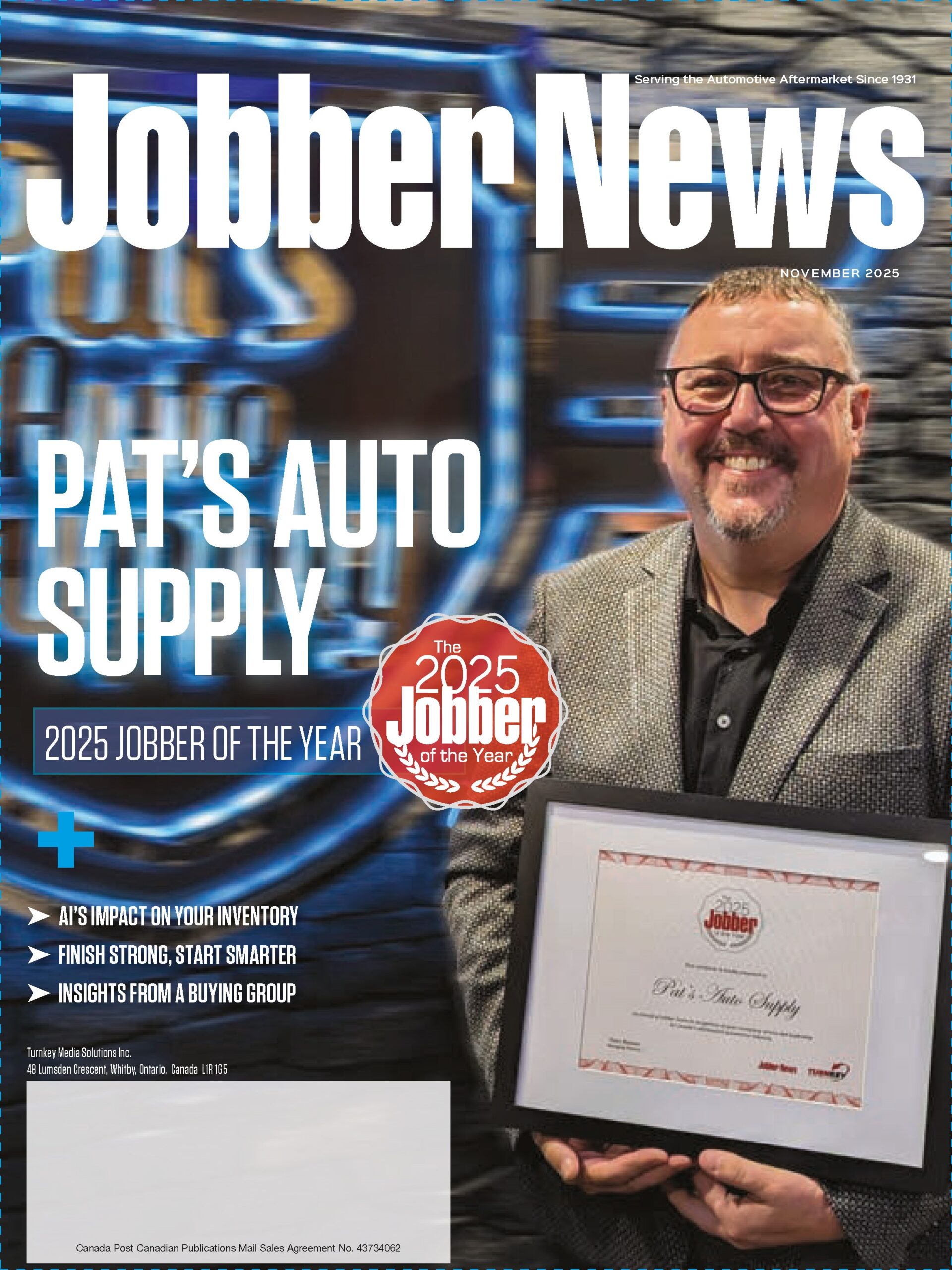
Building a high-performing team in your automotive repair shop isn’t just about technical skills. It’s about fostering trust, maintaining accountability and providing recognition.
One common misconception among shop owners is equating a team’s agreeability with trust. As Rick White, president of 180 Biz, put it, it’s not about having a bunch of yes-men around who tell you what a great job you’re doing.
“High trust is when they call you out on your crap,” he said at the recent Midwest Auto Care Alliance Hi-Tech Training & Expo in Kansas City.
Furthermore, true trust in a workplace allows team members to hold each other accountable, including the leadership, he added.
This concept of accountability extends to what he called the “accountability mirror.” It’s where leaders tend to judge their team members based on results while judging themselves on intentions. For instance, if a service advisor promises to complete a task but fails due to unexpected issues, the owner might view it as a failure. However, if the owner faces a similar situation, they’re more likely to excuse themselves based on their good intentions.
To combat this double standard, effective leaders must raise their standards for themselves, holding themselves accountable to results, not just intentions. This approach not only improves personal performance but also sets a powerful example for the entire team.
“So one of the things we need to do to become more effective leaders and owners is we have to raise our standards for ourselves — and we got to hold ourselves accountable to our results,” White said.
Recognition plays a vital role in team morale and performance. There’s often a significant disconnect between how leaders perceive their recognition efforts and how employees experience them. White brought up a statistic that showed while 85 per cent of CEOs believed they did a great job recognizing their team, 85 per cent of team members felt unappreciated.
To bridge this gap, leaders should aim for a 5:1 ratio of positive reinforcement — White called them “attaboys” — to criticism.
“You got to have five ‘attaboys’ for every one [problem],” he explained. “If it’s only three ‘attaboys,’ they’re negative. They don’t think they’re appreciated, they don’t like their work. It’s at five that it makes a difference.”
This approach requires actively seeking opportunities to catch team members doing things right. For example, a leader might say, “Hey, Matt, you did a great job today. You found that bent radiator support underneath the radiator there with that Audi. Dude, I’m telling you not one tech in 10 could do that. I’m really proud that you’re part of the team. Thank you.”
This is difficult because of how people are designed to think, White observed.
“You want to start catching people doing stuff. But it’s hard. Why? Because we are wired negative,” he said.
Image credit: Depositphotos.com













Leave a Reply